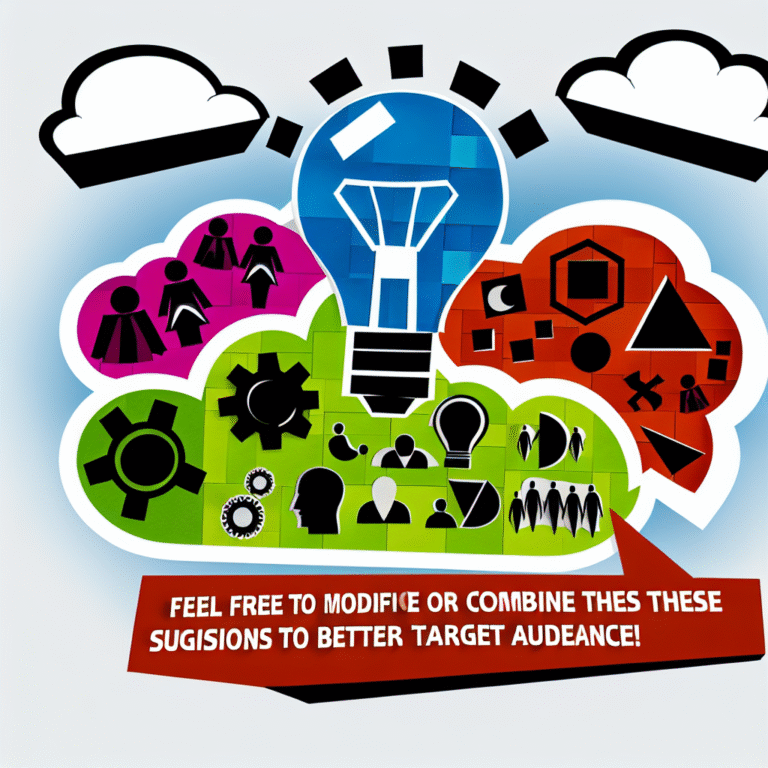
Introduction
In today’s fast-paced world, students face unprecedented challenges—academic stress, social pressures, and the looming uncertainties of the future can be overwhelming. Amid these trials, building resilience has emerged as a vital skill, helping students bounce back from setbacks and thrive in the face of adversity. In this comprehensive article, we’ll explore Building Resilience: How Student Counseling Programs Equip Students for Life, providing insights into the critical role these programs play in fostering emotional strength, coping strategies, and a proactive mindset.
The Landscape of Student Life Today
Understanding the pressures students face is essential to grasp the importance of counseling programs. From increased competition to social media influences, the landscape of student life has dramatically shifted over the years. Mental health issues among students are at an all-time high, with studies indicating that nearly 1 in 5 college students has experienced a mental health disorder. This statistic alone highlights the urgent need for robust support systems within educational institutions.
Case Study: The Rise of Mental Health Issues in Higher Education
A report by the American College Health Association revealed that stress is the most common impediment to academic success, with 30% of students reporting it significantly affects their studies. This underlines the necessity of implementing comprehensive counseling programs designed to address these challenges, promoting resilience and adaptability.
What is Resilience?
Resilience is the ability to adapt and recover from difficulties. It’s not merely about enduring tough times; it’s about learning and growing from them. Building resilience involves developing the emotional toolbox needed to navigate life’s storms, and student counseling programs play an integral role in this journey.
Key Components of Resilience
- Emotional Awareness: Understanding and articulating one’s emotions is foundational.
- Coping Strategies: Practical techniques to manage stress and anxiety.
- Support Systems: Building networks that provide stability and encouragement.
The Role of Student Counseling Programs
Comprehensive Mental Health Support
Modern student counseling programs offer a wide array of services designed to meet the diverse needs of the student body. From individual therapy sessions to group workshops, these resources foster an environment conducive to personal growth.
Table 1: Types of Services Offered by Student Counseling Programs
| Service Type | Description |
|---|---|
| Individual Counseling | One-on-one sessions focusing on personal challenges |
| Group Therapy | Shared experiences in a supportive setting |
| Workshops on Stress Management | Skill-building in effective coping techniques |
| Crisis Intervention | Immediate support during acute emotional distress |
| Academic Support | Guidance on balancing coursework with mental health |
Building Resilience through Evidence-Based Techniques
Counseling programs employ evidence-based practices that have proven effective in enhancing resilience. These techniques, particularly Cognitive Behavioral Therapy (CBT) and mindfulness training, empower students to manage their thoughts and emotions better.
Case Study: Mindfulness in College Counseling
At the University of California, Berkeley, the counseling center implemented a mindfulness-based stress reduction program, showing a 30% decrease in reported anxiety levels among participants. This case illustrates how incorporating mindfulness practices within counseling can significantly impact students’ resilience.
The Impact of Peer Support and Community
The Power of Peer Counseling
The significance of peer relationships cannot be overstated. Peer counseling programs enable students to connect with trained peers who offer empathy and understanding. This shared experience fosters a sense of belonging, crucial for emotional health.
Building Resilience through Community Engagement
Counseling programs that encourage community involvement contribute to resilience building by promoting purpose and connection. Students who engage in service learning and group activities learn valuable skills while reinforcing their support networks.
Example of Community Impact: Service Learning
At a local community college, students participating in service learning projects reported higher resilience scores compared to their peers who did not engage in such activities. This experience helped them cultivate empathy and strengthen their coping mechanisms, essential attributes for navigating life’s challenges.
Academic Success through Resilience
The Correlation Between Resilience and Academic Performance
Research has shown a positive correlation between resilience and academic success. Resilient students are more likely to maintain focus, manage their time effectively, and engage in their learning processes deeply.
Table 2: Academic Outcomes Linked to Resilience
| Academic Measure | Resilient Students | Less Resilient Students |
|---|---|---|
| GPA | 3.5 | 2.8 |
| Retention Rate | 85% | 65% |
| Graduation Rate | 75% | 50% |
These statistics illustrate how important resilience is not just for emotional health, but also for achieving academic goals. Student counseling programs directly contribute to these outcomes by equipping students with skills to navigate their educational journeys.
The Future of Student Counseling Programs
Evolving to Meet Changing Needs
As student needs continue to evolve, counseling programs are also adapting. The integration of technology, such as teletherapy and mental health apps, broadens access and provides innovative ways to support students. Additionally, institutions are focusing on preventive measures, aiming to foster resilience before crises arise.
New Approaches: Digital Resilience Tools
Counseling programs are increasingly incorporating digital tools that facilitate self-reflection and resilience building. Apps that promote mindfulness, track emotions, and offer coping strategies are now common, helping students enhance their resilience on their terms.
Motivating Takeaway
Building Resilience: How Student Counseling Programs Equip Students for Life is about more than just overcoming adversity; it’s about paving the way for success, both academically and personally. These programs are not just a response to crises—they are proactive tools for developing life skills that will serve students long after graduation.
FAQs
1. What services do student counseling programs typically offer?
Student counseling programs offer various services including individual counseling, group therapy, workshops on stress management, crisis intervention, and academic support.
2. How does resilience affect academic performance?
Research shows a strong correlation between resilience and academic success. Resilient students generally achieve higher GPAs and have better retention and graduation rates.
3. Can peer support really make a difference?
Yes, peer support can significantly impact resilience. Students who engage in peer counseling report better emotional health and stronger support systems.
4. Are digital tools effective in building resilience?
Digital tools, such as mental health apps and teletherapy, have been shown to effectively promote self-reflection and provide coping strategies, making them valuable resources for students.
5. How can I promote resilience in my daily life?
You can build resilience by practicing mindfulness, developing strong social connections, maintaining a balanced lifestyle, and seeking support when needed.
Conclusion
The journey toward Building Resilience: How Student Counseling Programs Equip Students for Life is a collective effort involving educators, counselors, and students themselves. Through comprehensive programs addressing mental health needs, academic support, and community engagement, we can equip the next generation with the resilience tools they need to thrive. This investment is not only essential for student well-being but also for creating a more robust, empathetic future ready to face the challenges ahead.
In a world where uncertainty is the norm, let us encourage every student to embrace resilience. The tools and support are available—it’s time to use them to foster a brighter tomorrow.














